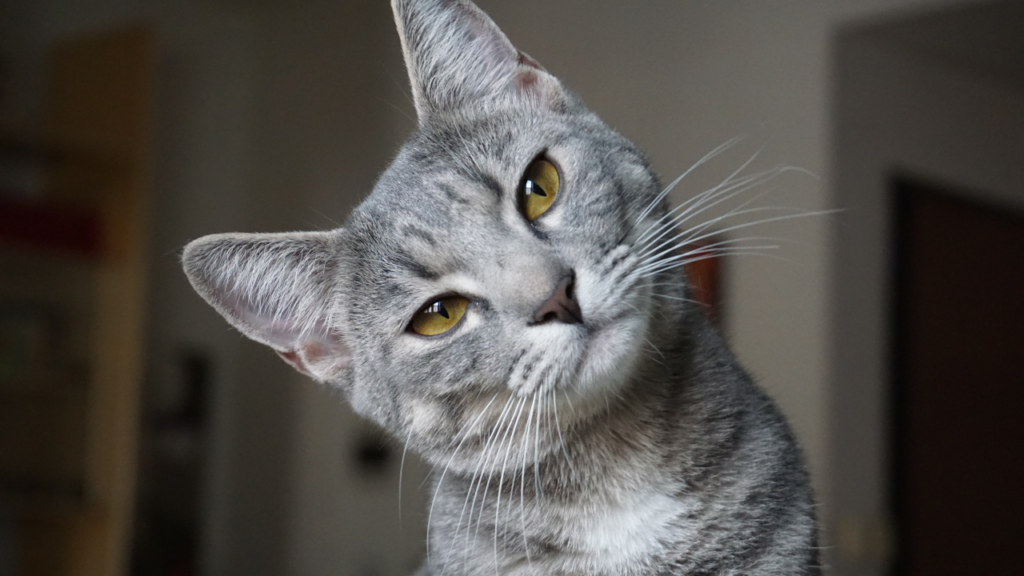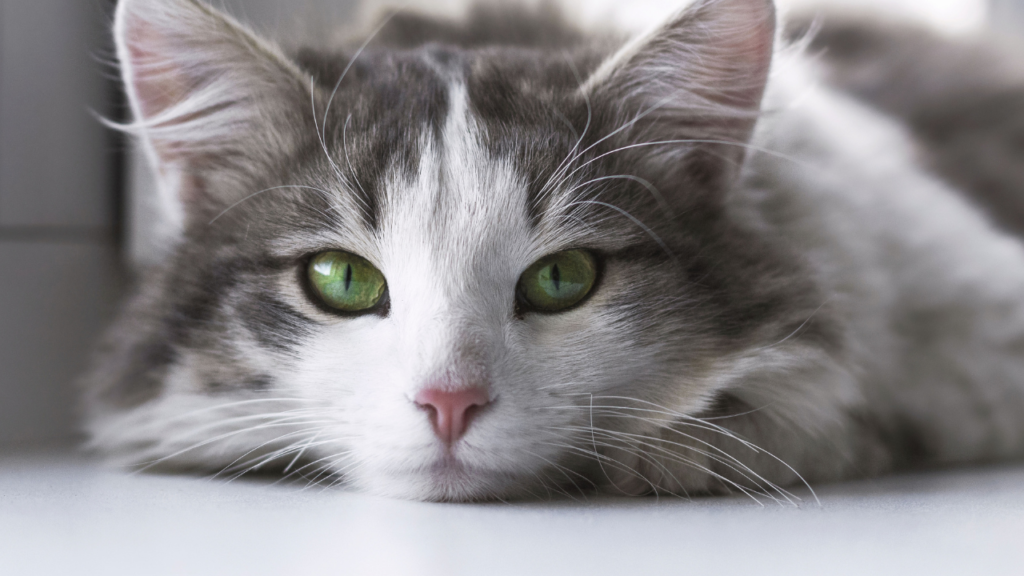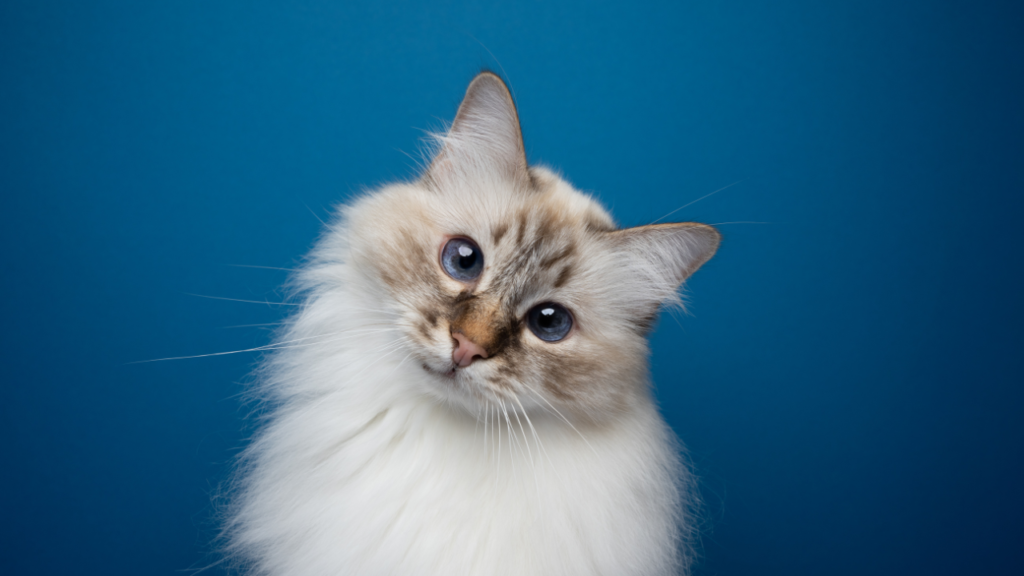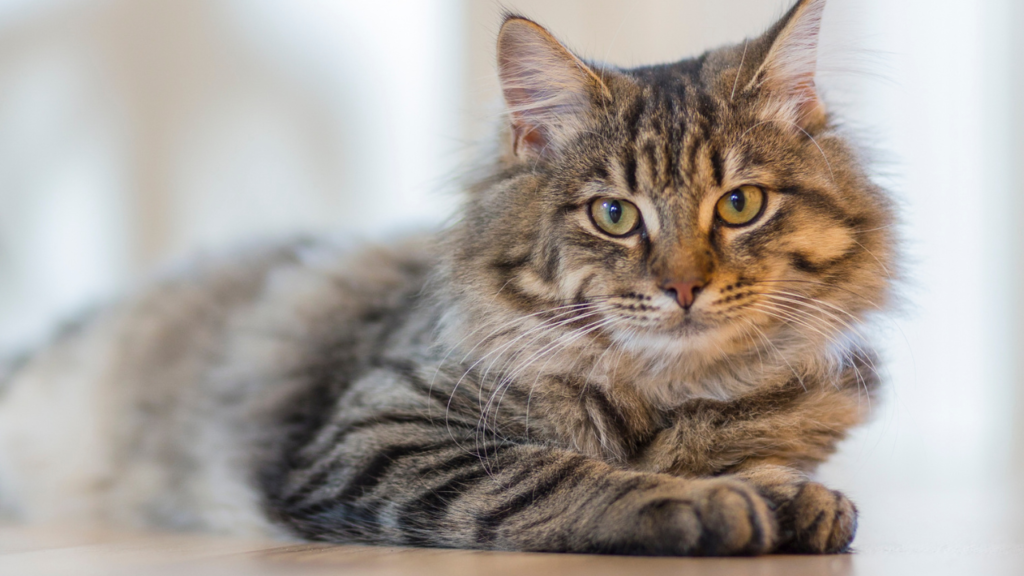
Feline parvovirus, also known as feline panleukopenia, is a highly contagious and deadly disease that primarily affects cats. This viral infection attacks rapidly dividing cells in the body, leading to severe gastrointestinal and immune system complications. Understanding feline parvovirus is critical for any cat owner, as early detection and prevention can save lives.
In this article, we’ll dive deep into everything you need to know about feline parvovirus—how it spreads, its symptoms, treatment options, and ways to prevent it from infecting your feline companion.
What is Feline Parvovirus?
Feline parvovirus (FPV) is caused by a virus that is closely related to the canine parvovirus but is specific to cats. It is one of the most dangerous diseases a cat can contract, particularly for kittens and unvaccinated adult cats. Unlike canine parvovirus, FPV only affects felines and cannot be transmitted between species.
History and Origins of Feline Parvovirus
Feline Parvovirus: Everything You Need to Know About the Disease!

The origins of feline parvovirus can be traced back to the early 20th century when it was first identified as a distinct illness affecting the feline population. Over time, the virus has evolved, becoming a persistent threat to cats worldwide. The virus is highly resilient and can survive for long periods in the environment, making it difficult to control in areas with large populations of unvaccinated cats.
How Feline Parvovirus Spreads
Feline parvovirus is highly contagious and can be transmitted through direct contact with an infected cat or through contaminated environments. The virus is shed in the urine, feces, and saliva of infected cats, making litter boxes, food bowls, and bedding common sources of transmission. Even seemingly clean areas can harbor the virus for months, as it is resistant to many common disinfectants.
Common Ways Cats Get Infected
- Direct contact with an infected cat
- Exposure to contaminated objects such as litter, bedding, or food bowls
- Indirect contact through human hands, clothing, or shoes that have come into contact with the virus
Symptoms of Feline Parvovirus
The symptoms of feline parvovirus can vary depending on the severity of the infection and the cat’s immune system. Early detection is crucial, as the disease can progress rapidly.
Early Signs
- Vomiting
- Diarrhea (often bloody)
- Fever
- Lethargy
- Loss of appetite
Severe Symptoms
- Dehydration
- Severe abdominal pain
- Hypothermia (low body temperature)
- Shock, which can lead to death if not treated promptly
Behavioral Changes in Infected Cats
Feline Parvovirus: Everything You Need to Know About the Disease!
Infected cats often exhibit a noticeable drop in energy levels, becoming lethargic and uninterested in their surroundings. Loss of appetite is another common symptom, and cats may refuse to eat even their favorite foods. These behavioral changes can be early warning signs that a cat is unwell.
At-Risk Populations:Feline Parvovirus
Certain groups of cats are more vulnerable to feline parvovirus. Kittens between 3 and 5 months old are especially at risk, as their immune systems are not fully developed. Unvaccinated cats of any age are also highly susceptible, as are cats living in high-density environments such as shelters or feral cat colonies.
Feral Cats and Shelters
Feral cats and those in shelters are particularly at risk due to their close quarters and limited access to vaccines. The virus can spread quickly in these environments, causing outbreaks that are difficult to control.
Diagnosing Feline Parvovirus
Veterinarians diagnose feline parvovirus using a combination of clinical signs and laboratory tests. One of the most common diagnostic tools is a fecal test, which can detect the presence of the virus. Blood tests may also be used to check for a decrease in white blood cells, which is a hallmark of the infection.
Treatment Options for Feline Parvovirus
Feline Parvovirus: Everything You Need to Know About the Disease!

While there is no cure for feline parvovirus, supportive care can help infected cats survive the illness. Treatment focuses on alleviating symptoms and preventing secondary infections. Hospitalization is often necessary to provide intravenous fluids and nutrients, as well as medications to control vomiting and diarrhea.
Medications and Therapies
In severe cases, antiviral medications may be prescribed to reduce the replication of the virus. Antibiotics are often used to prevent secondary bacterial infections, which can be fatal in cats with compromised immune systems.
Prognosis and Survival Rates
The prognosis for cats with feline parvovirus depends on how quickly the disease is detected and treated. Cats that receive prompt medical care have a much higher chance of survival. Kittens are more vulnerable and have lower survival rates, but with proper care, even they can recover from the illness.
Preventing Feline Parvovirus
The best way to protect your cat from feline parvovirus is through vaccination. Vaccinations are highly effective and are considered a core part of a cat’s healthcare routine. Maintaining a clean environment and practicing good hygiene can also reduce the risk of transmission, especially in multi-cat households.
Vaccination Schedules
Kittens should receive their first vaccination between 6 and 8 weeks of age, followed by booster shots every 3 to 4 weeks until they are 16 weeks old. Adult cats should receive booster shots every 1 to 3 years to ensure continued immunity.
Common Misconceptions about Feline Parvovirus
There are several misconceptions surrounding feline parvovirus, such as the belief that indoor cats are not at risk. In reality, the virus can be brought into the home on shoes, clothing, or hands, putting even indoor cats at risk.
Can Indoor Cats Get Infected?
Yes, even cats that live indoors can contract feline parvovirus if they are exposed to the virus through indirect contact with contaminated surfaces or objects.
How Feline Parvovirus Affects Feline Populations
Feline Parvovirus: Everything You Need to Know About the Disease!

Feline parvovirus has a significant impact on feral cat populations, where vaccination rates are low, and the virus can spread rapidly. Shelters also face challenges in controlling outbreaks, as infected cats may not show symptoms immediately but can still spread the virus.
Feline Parvovirus in Different Regions
Feline parvovirus is a global disease, but some regions are more affected than others due to lower vaccination rates and larger populations of stray or feral cats. Countries with well-established vaccination programs have lower incidence rates, but the virus remains a threat in areas where cats are not routinely vaccinated.


